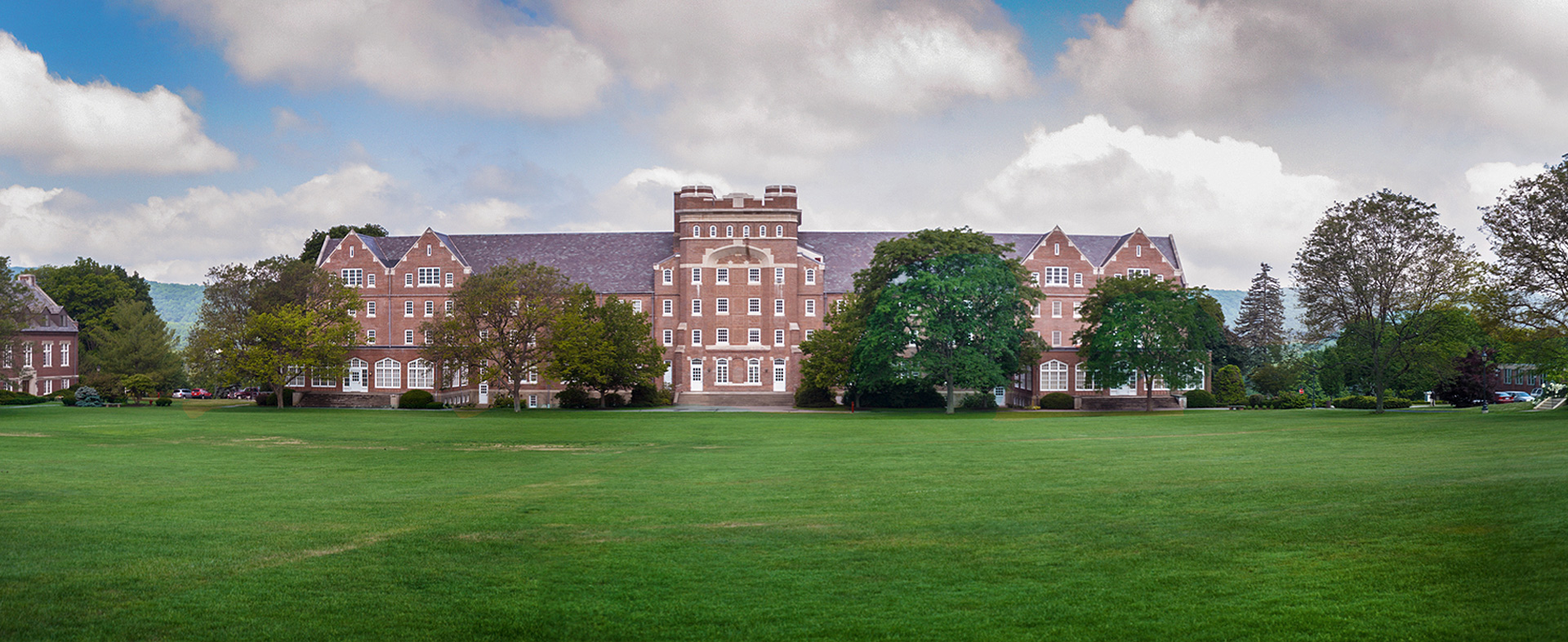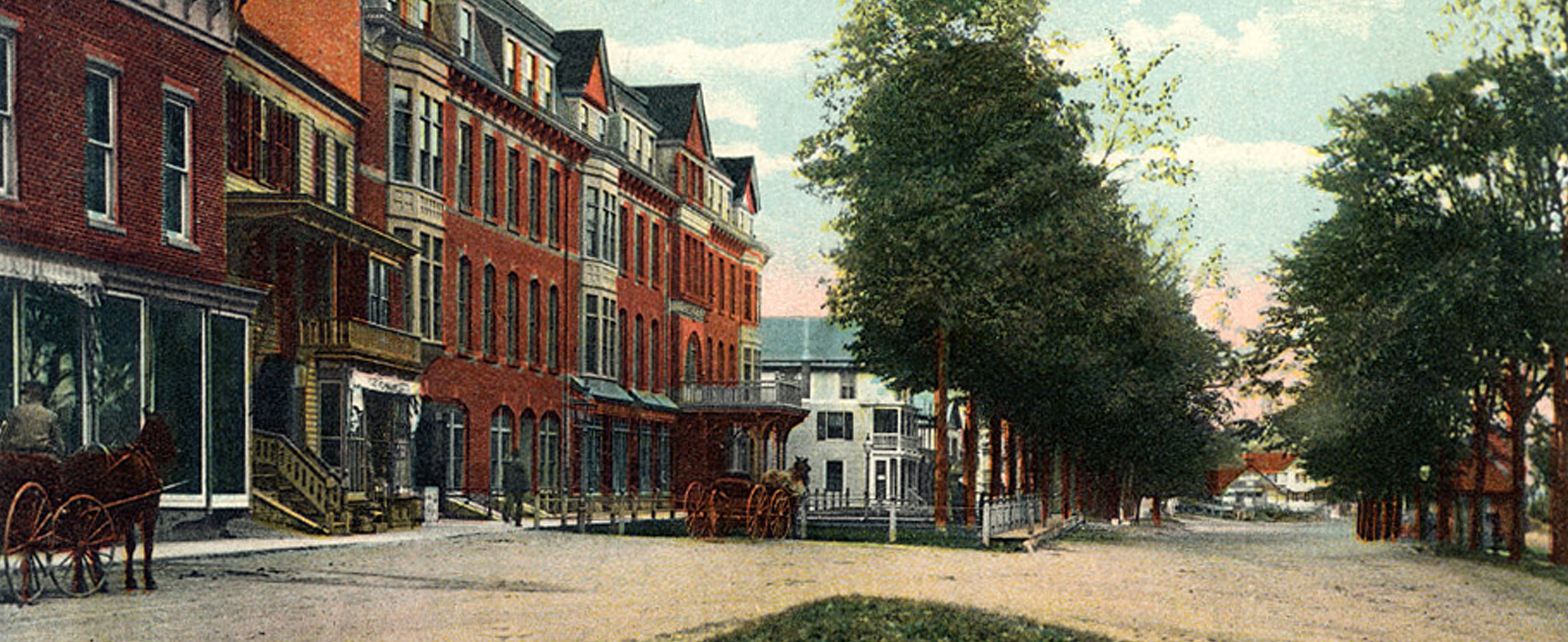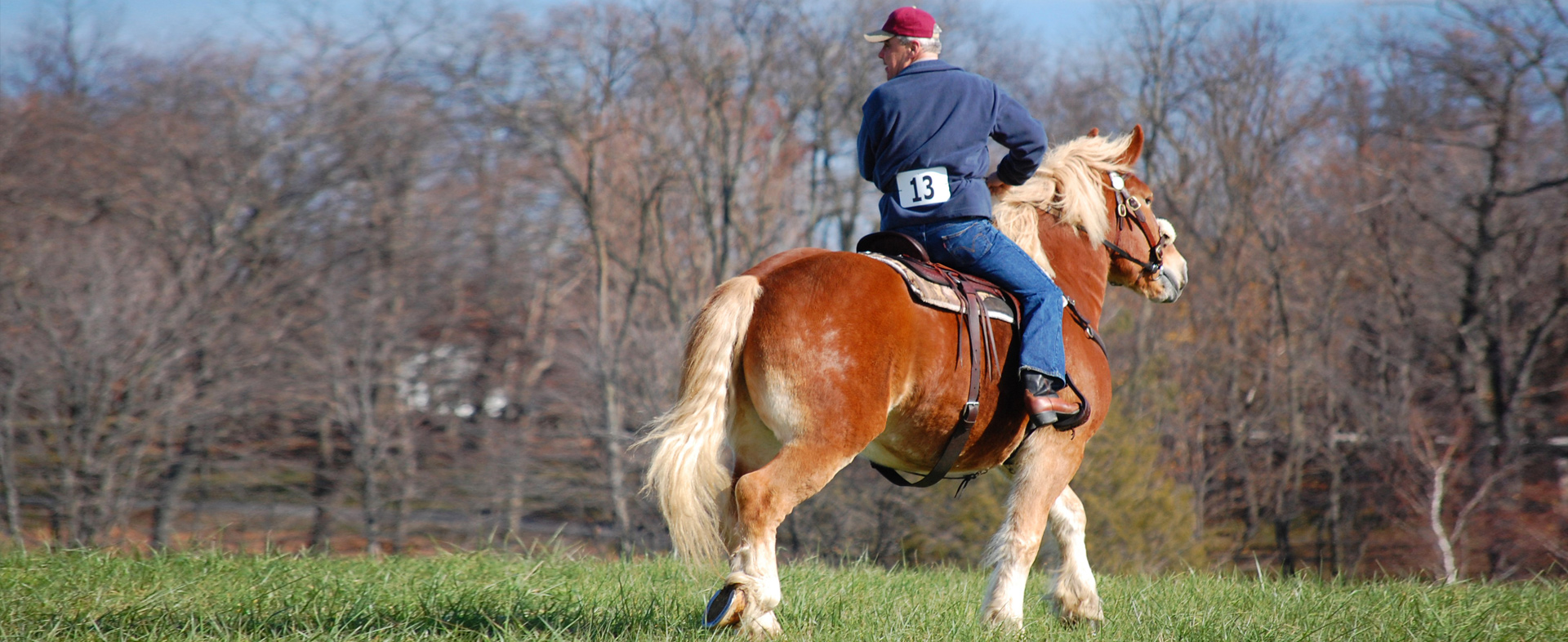Pawling abounds in history from the time of the early settlement of Quakers on Quaker Hill to 1778 when General George Washington’s troops were headquartered. It was in the John Kane House, on East Main Street, that Washington planned his strategies that led to our winning the Revolutionary War. Other historic landmarks include the Quaker Meeting House and the Akin Free Library and Museum on Quaker Hill.
In the Village of Pawling, across from the Pawling Green, stands an impressive landmark called the Dutcher House. The red brick building with its white trim was the scene of many operas and entertainment back in the 1800s. Nearby Lakeside Park, is a resource featuring riding trails, tennis courts, swimming and boating on beautiful Green Mountain Lake. Seminars and conferences are held here and meetings by local organizations take place on a regular basis. Pawling boasts other resources that provide opportunities for skiing, bike riding, hockey and other sports. There are year round sports and cultural events, which makes it perfect for year round living and attractive for those who spend weekends and summers.
Ecology is important to the people of Pawling. Over 1,000 acres of open spaces have been preserved in order to maintain the rural nature of the area for which Pawling is famous.
Outstanding citizens have been Governor Thomas E. Dewey, Edward R. Murrow, Lowell Thomas, William B. Ziff, Jr. and Dr. Norman Vincent Peale whose legacy to our town was the Center for Positive Thinking. Pawling continues to attract celebrities and others who seek refuge from the crowded cities to the south and are looking for clean air and clear water. Just seventy-miles from New York City, commuters use Metro-North out of the Village while others drive on direct highways to points south and north.






